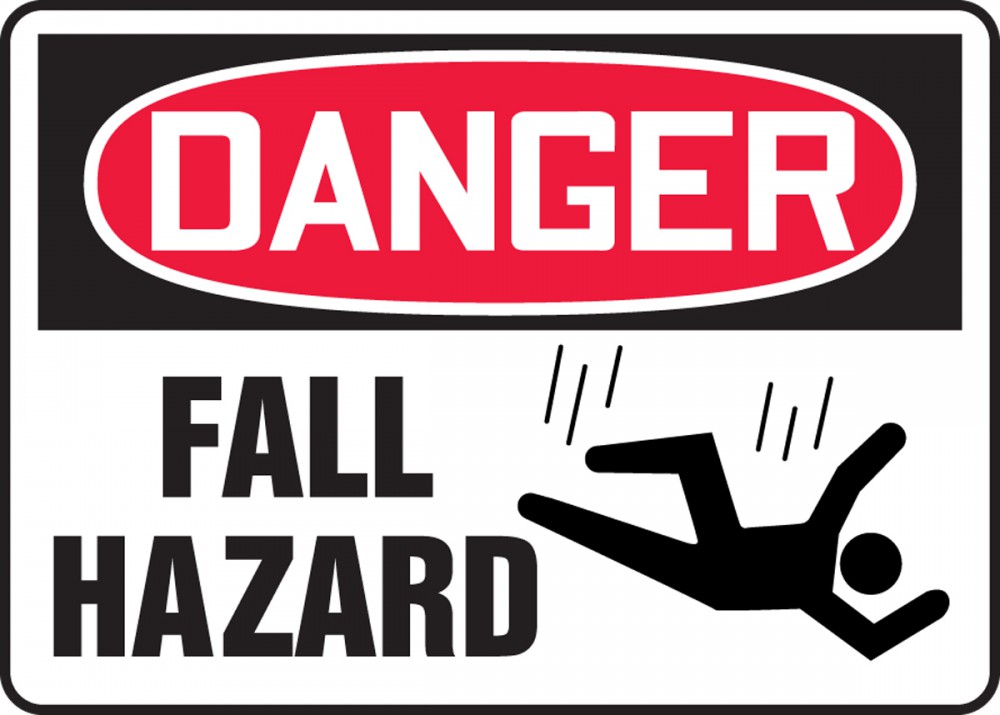The Upward Costs of Falling Do wn
wn
Falls are the leading cause of fatal and non-fatal injuries in elderly people. In fact, every 19 minutes, someone dies from a fall related injury. In recent research, Medicare and Medicaid are expected to spend over 100 billion dollars on fall related costs by the year 2030. So how can you identify if you are at risk for falls?
What Causes Falls?
Some risk factors include things that you can’t control, like your age. Others may include if you have a chronic health condition or polypharmacy, when you are taking multiple prescriptions at the same time. Co nsult with your primary care physician regarding the medications you are currently taking and how they may affect your ability to keep your balance. Two other factors that can affect your balance are your vision and hearing. Consult with your optometrist for a routine eye exam to rule out glaucoma and cataracts or a change in your vision. Also, a hearing exam will help to reduce potential risk factors.
nsult with your primary care physician regarding the medications you are currently taking and how they may affect your ability to keep your balance. Two other factors that can affect your balance are your vision and hearing. Consult with your optometrist for a routine eye exam to rule out glaucoma and cataracts or a change in your vision. Also, a hearing exam will help to reduce potential risk factors.
There are, however, several risk factors that you can control to help your balance. Physical therapy can help with some of these. Weakness, decreased endurance, and poor flexibility can all affect your balance. Physical therapists can assist you in addressing these factors which can help improve your balance and decrease your risk for falls. By doing this, your confidence will also improve which can often lead to improved balance. Finally, a physical therapist can suggest if an assistive device can help you in walking. Assistive devices can also help you in your daily activities and help prevent falls.
Get Your Confidence Back
Feeling like y ou may be losing your ability to balance can be an awful experience. If you feel that you are a fall risk, or have recently had a fall, feel free to contact our office to get some advice on how we can help you get you get balanced on your feet again. The strengthening and treatment we provide can help give you back the confidence you need.
ou may be losing your ability to balance can be an awful experience. If you feel that you are a fall risk, or have recently had a fall, feel free to contact our office to get some advice on how we can help you get you get balanced on your feet again. The strengthening and treatment we provide can help give you back the confidence you need.
Post written by Casey Badder, PT
